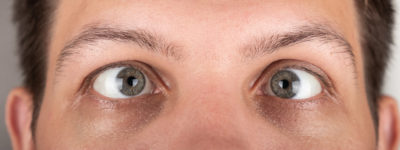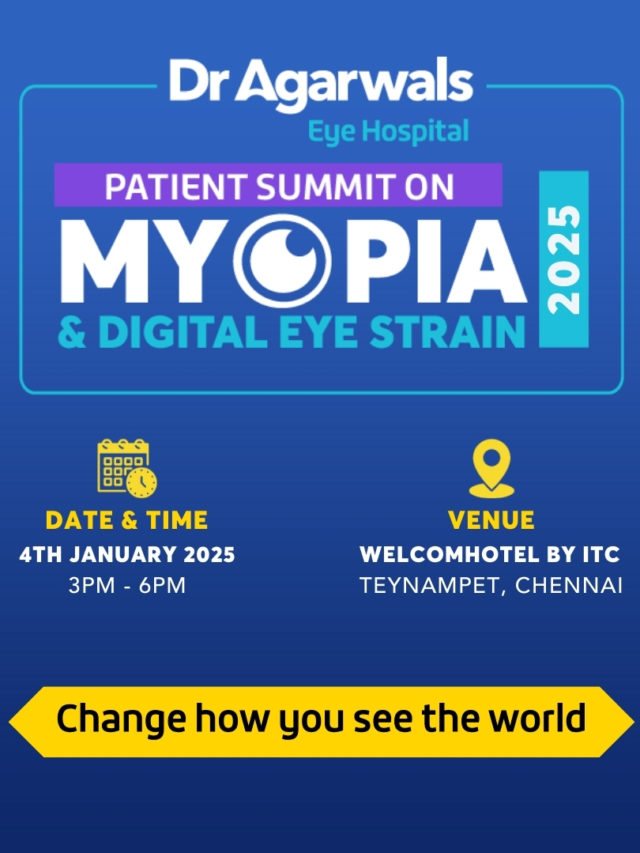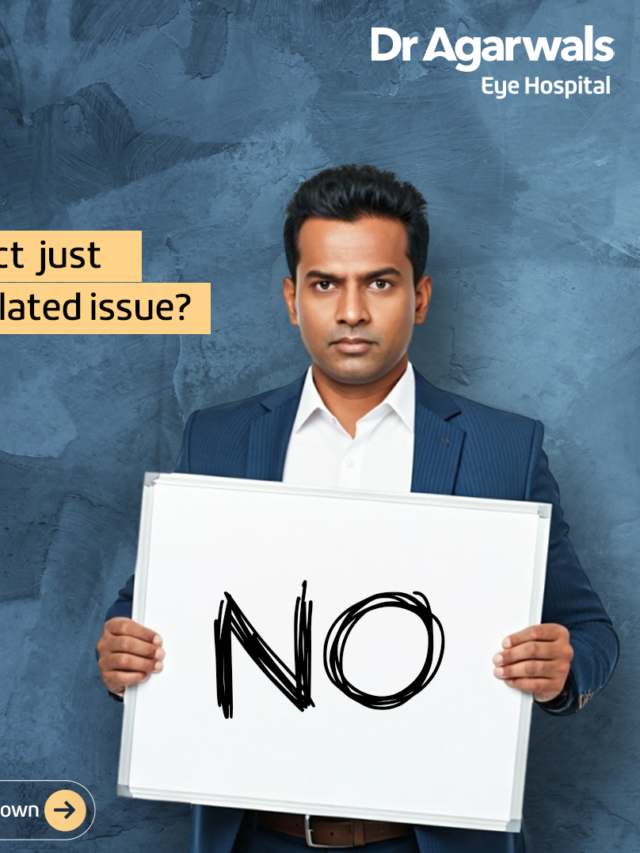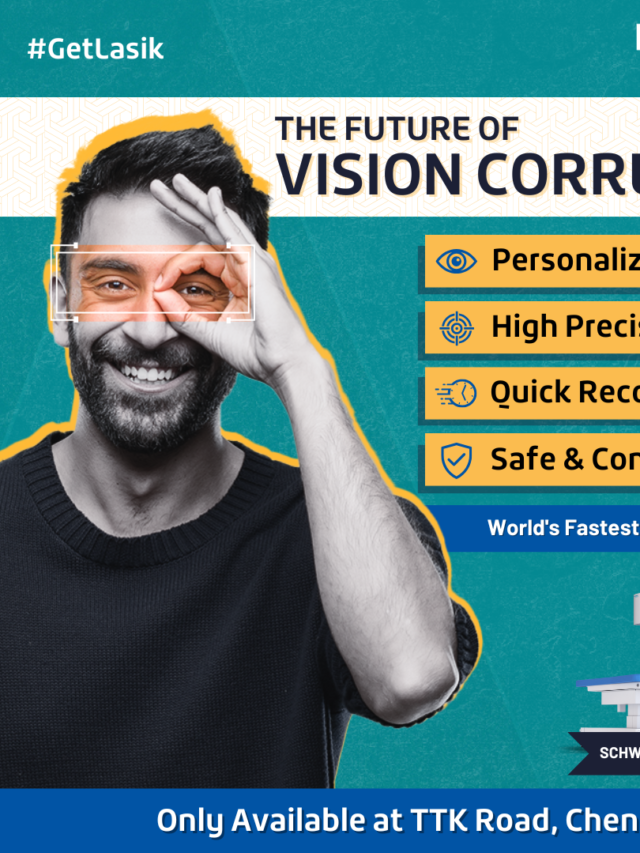Key Takeaways
- Eye exercises can relieve eye strain and improve focus, but they do not treat conditions such as myopia.
- Exercises such as Near & Far Focusing and Figure of Eight increase the flexibility and strength of the eye.
- Palming and Blinking are eye exercises relax the eyes and prevents dryness created by screen use.
- The 20-20-20 Rule and Zooming are very effective in reducing eye fatigue and strain.
- Eye exercises promote muscle strength and circulation, but do not replace medical treatments for eye disorders.
Eye exercises have long been promoted as a natural cure for eyesight and vision problems. However, if you are unaware of them, eye exercises refer to a set of exercises that can relieve the symptoms of eye strain and even improve your ability to see.
While eye exercises may not correct common refractive errors like myopia or hyperopia, they can play a supportive role in relieving eye strain, especially in conditions involving focusing difficulties or binocular vision issues. Ophthalmologists often recommend them as part of a broader treatment plan for specific functional vision problems. You can do these exercises whether you are at work or your home.
It is well known that eating carrots is good for our eyes. They definitely are, but eye exercises can be even more beneficial for maintaining healthy eyesight. Several ophthalmologists and vision therapy professionals recognise the role of targeted eye exercises in managing certain visual conditions. This article outlines commonly recommended exercises that may support eye comfort and coordination.
Here are the Best Different Types of Eye Exercises.

-
Near & Far Focusing
This eye exercise not only helps in improving the flexibility of the eyes but also improves focus. You can do the following for near & far focusing exercises:
– Sit down on the floor of your room which is at least 6m by 6m in size.
– Pick up a pencil and hold it about 6 inches from your nose.
– Look at the tip of the pencil and quickly glance at an object about 10 to 20 feet away. And after a few seconds, look again at the pencil for a few seconds.
– Try to repeat it ten times every day.
-
Figure of Eight
The figure of eight exercises help you to improve eyesight, strengthen the eye muscles, and even improve flexibility. Here is how you do it.
– Fix your eyes on a point that is 10 feet away.
– Try to trace an imaginary ‘eight’ along this point.
– Repeat it for thirty seconds and change the direction afterwards.
-
Palming
It is a relaxing exercise that can help relieve eye fatigue. First, rub your palms against each other and make them warm. Then, close your eyes and place your palm over your eyes until the afterimage goes away.
-
Blinking
It is well known that blinking is essential as it distributes oil across the eyes and facilitates lubrication. However, you might not blink sufficiently if you work on computers for prolonged periods. It may cause itchiness, irritation and a burning sensation in your eyes. To prevent this:
– Take small breaks to blink.
– Close your eyes and stay like that for a few seconds.
– Make sure to repeat multiple times.
-
20-20-20 Rule
With the 20-20-20 eye exercise, you can prevent eye strain. Take a break every 20 minutes and glance at an object that is twenty feet away from you for approximately 20 seconds.
-
Zooming
Zooming can be a great eye yoga exercise to relieve eye fatigue. Here is how you can do it:
– The first step is to sit straight. Then, hold your thumb straight upwards.
– Stretch your arms and focus on the tip of the thumb.
– Bend your hands slowly and bring your thumb closer until it is about three inches away.
– Afterwards, move back to the starting point.
– Repeat it three times.
-
Refocusing
Refocusing refers to an eye exercise that relaxes the eyes after you have spent prolonged hours in front of the computer screen. To do this exercise, follow these steps:
– Take a break from work and focus on the farthest object across the room or a faraway building that might be visible through a window for a few seconds.
– After that, hold your thumb in front and focus on it for a few seconds.
– Repeating this exercise five times can be beneficial for the eyes.

-
Pencil Push-Ups
The ability of the eyes to look in a direction and get a 3-dimensional view of the surroundings is known as binocular vision. This vision might be defective for some people. Pencil push-ups are a great way to correct such defects. You can follow these steps:
– Place a pencil or a pen at arm’s length in front of your eyes.
– Bring the pencil closer very slowly and stop when you see a double image of the pencil.
– After that, take the pencil to its original position.
– It is beneficial to repeat this exercise several times during the day.
-
Around the World
This eye exercise is specifically designed to strengthen the eye muscles. You can do it by following the mentioned steps:
– Sit down comfortably.
– Look up for 3 seconds.
– Look down for about 3 seconds.
– Then, look in front for 3 seconds.
– Look to your right and left for 3 seconds each.
– Look to the top right and top left for 3 seconds each.
– Finally, rotate your eyes anticlockwise and clockwise two times each.
-
Roll Your Eyes
Rolling of eyes is an exercise that can help relieve the strain. Here is how to do it:
– First, look to the right and left side multiple times without moving your head.
– After that, look up and then down several times.
Benefits of Performing Eye Exercises
Here are the key advantages of performing eye exercises regularly:
- It helps strengthen and tone the weak muscles of the eye and improves blood circulation.
- Reduction of eye strain.
- Improved functioning of the eyes to enhance focus.
- Reduction in the sensitivity of the eyes to light.
Avail the Best Eye Treatment at Dr Agarwals Eye Hospital
While eye exercises can help reduce strain and support visual comfort, they are not a cure for underlying eye diseases or refractive errors. It’s important to consult an ophthalmologist or optometrist for proper diagnosis and treatment if you experience persistent vision problems or discomfort. But you can get quality treatment for all your eye problems at Dr Agarwal’s Eye Hospital.
We use innovative methods and offer quality customer service. Explore our website today to learn more about our services.
Common Mistakes to Avoid When Doing Eye Exercises
Eye exercises are often recommended to relieve digital eye strain and support overall visual comfort. However, their effectiveness depends largely on correct practice. Avoiding common mistakes can help you gain maximum benefit without added strain or risk.
- Skipping consistency: Eye exercises are not one-time solutions. Inconsistent practice will limit their impact, especially for those managing convergence insufficiency or screen-related fatigue.
- Overdoing it: Excessive repetition of exercises like palming or pencil push-ups can cause unnecessary strain or discomfort. Always follow recommended durations and frequency.
- Incorrect technique: Performing exercises without proper technique, such as incorrect focus points or rapid eye movements, can lead to eye fatigue rather than relief.
- Ignoring underlying issues: Relying solely on exercises for persistent visual problems may delay diagnosis of serious conditions. These routines are supportive, not curative, for most conditions.
- Lack of supervision in children: When prescribed for children, eye exercises should be supervised by adults or guided by a vision therapist to ensure correct application.
To gain the most from these routines, always follow expert instructions and use them as a complement to professional eye care, not a replacement.
When to Consult an Eye Care Professional
While basic eye exercises can support comfort and focus, they are not a substitute for comprehensive eye care. You should consult an eye care professional if you experience:
- Persistent blurred or double vision
- Eye pain, headaches, or discomfort during or after reading
- Difficulty focusing or tracking objects
- Frequent squinting or tilting of the head
- Ongoing symptoms despite regular eye exercises
Children showing signs of poor visual coordination, lazy eye, or reading difficulty should also be evaluated early. In such cases, timely intervention by an ophthalmologist or optometrist can help prevent long-term complications.
An eye specialist can determine whether vision therapy, glasses, medication, or further investigation is needed. Always seek professional advice if symptoms persist or worsen, especially when eye health is at risk.









